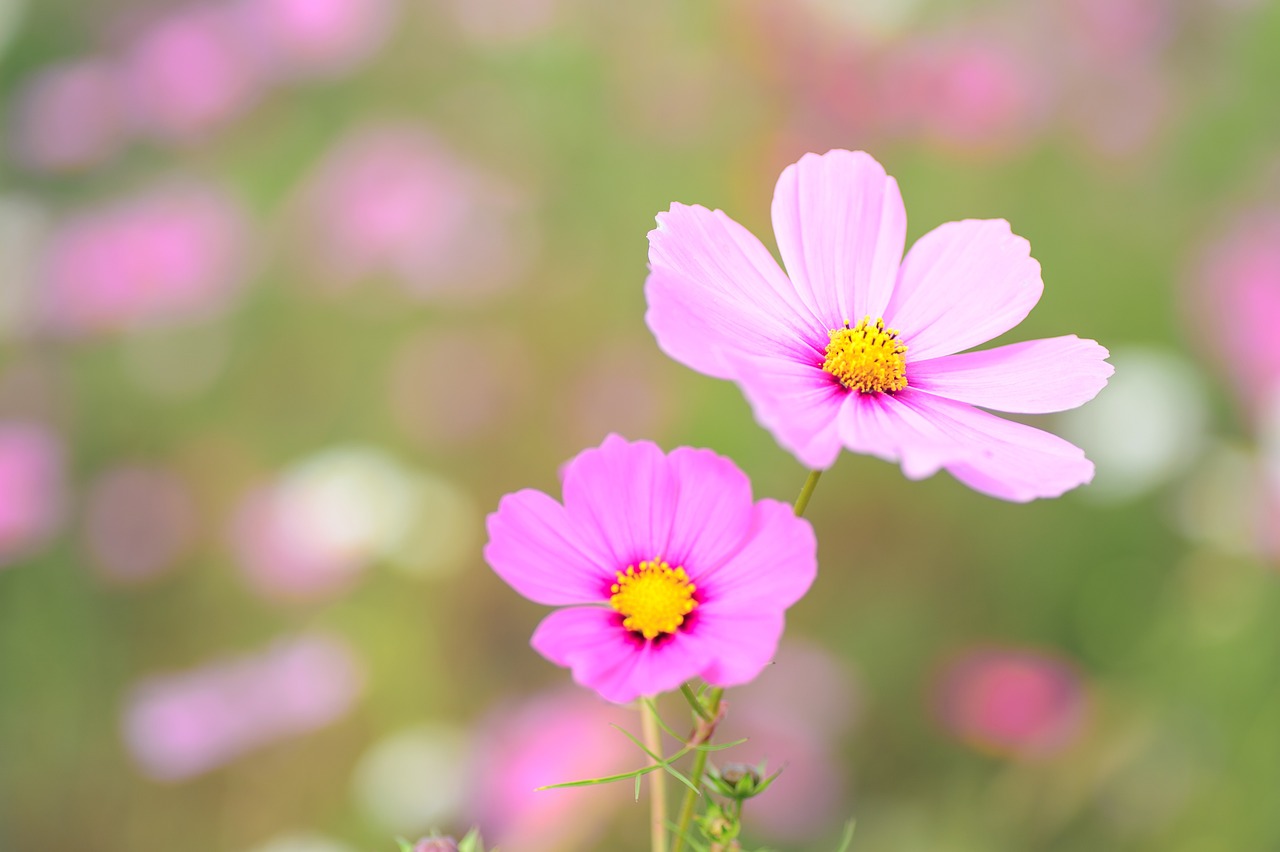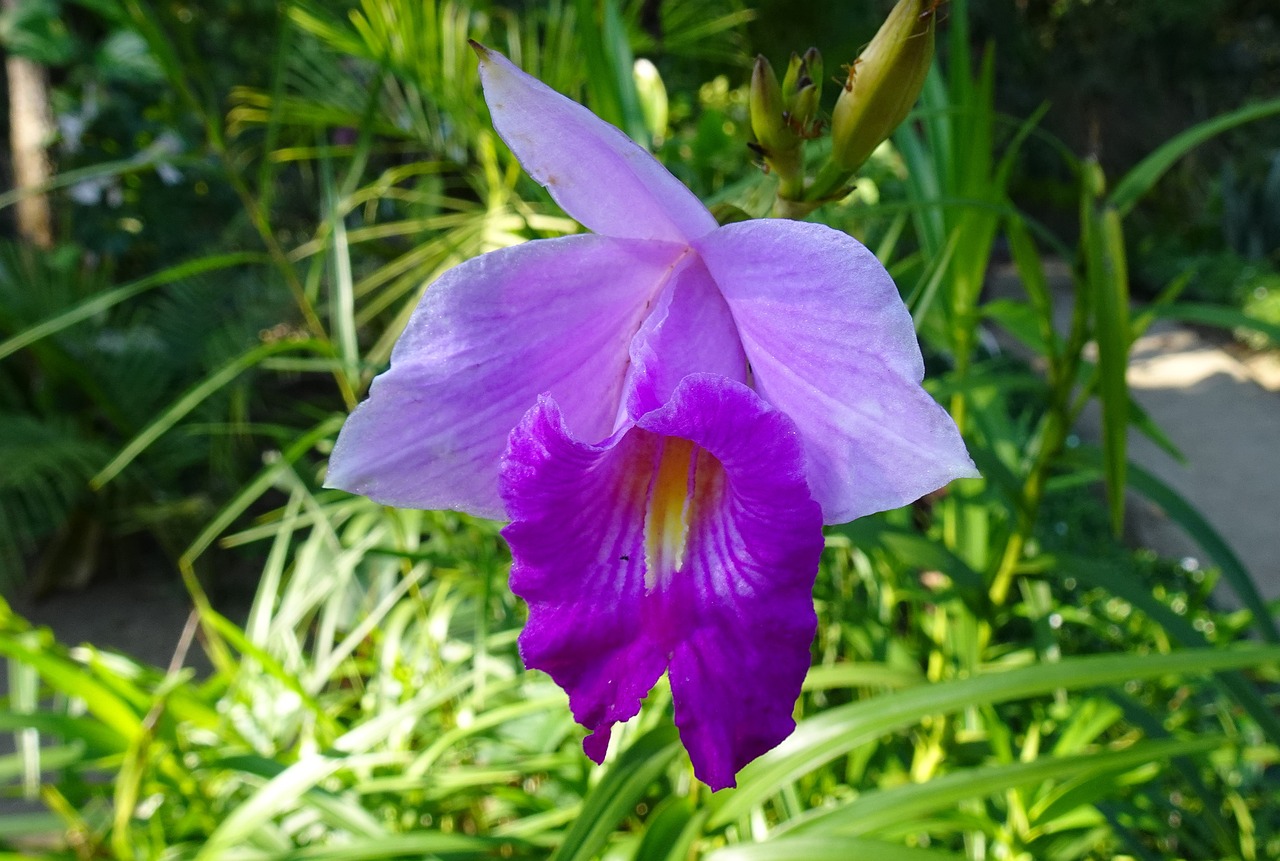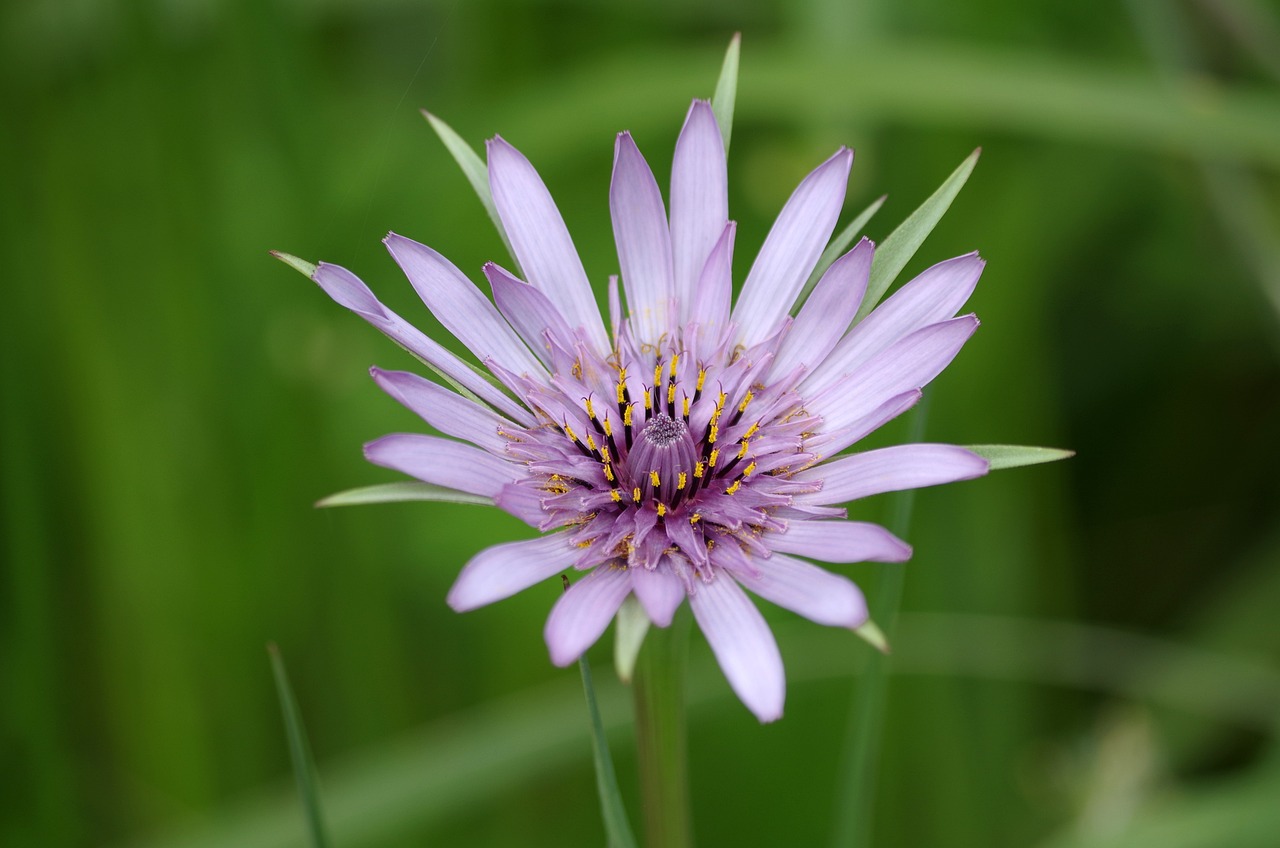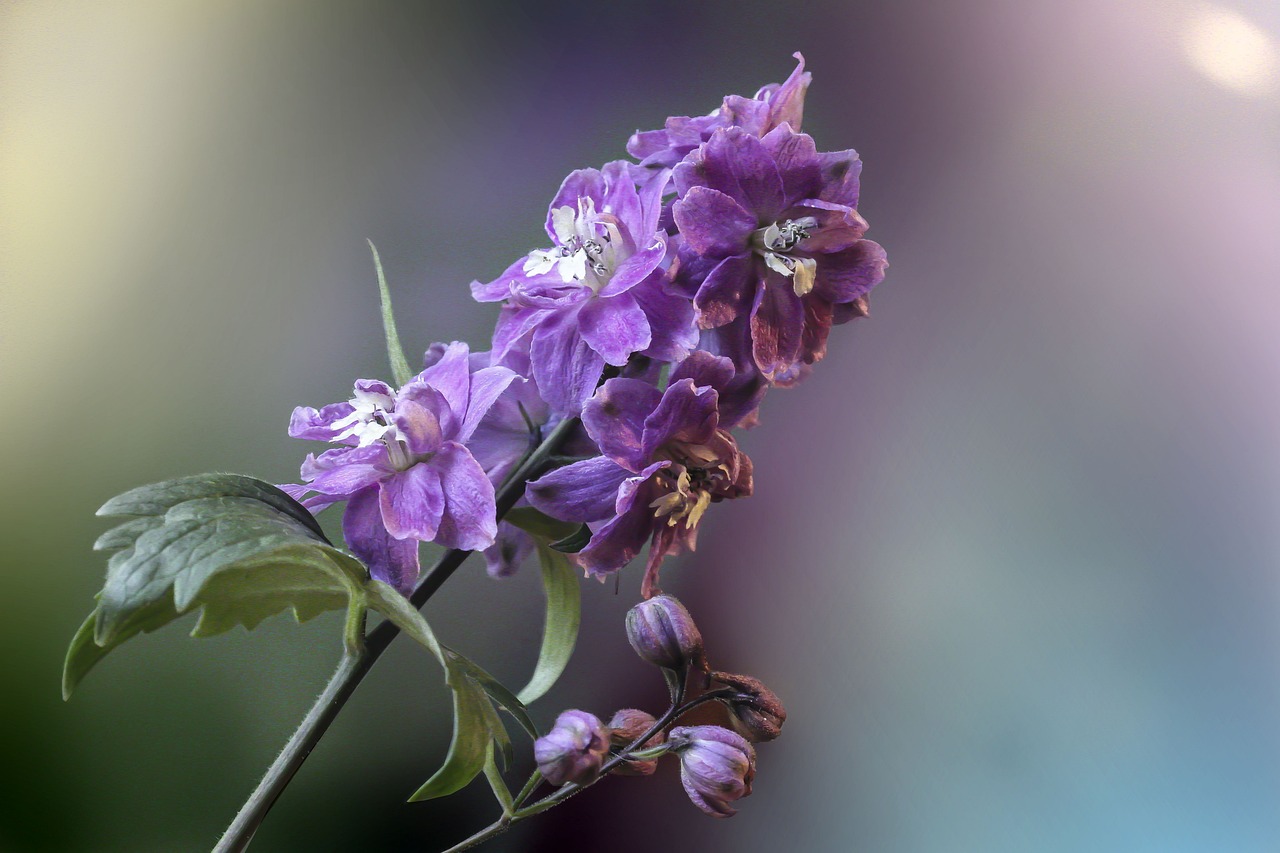Okatoranoo | A Pure White Flower in Harmony with the Japanese Countryside
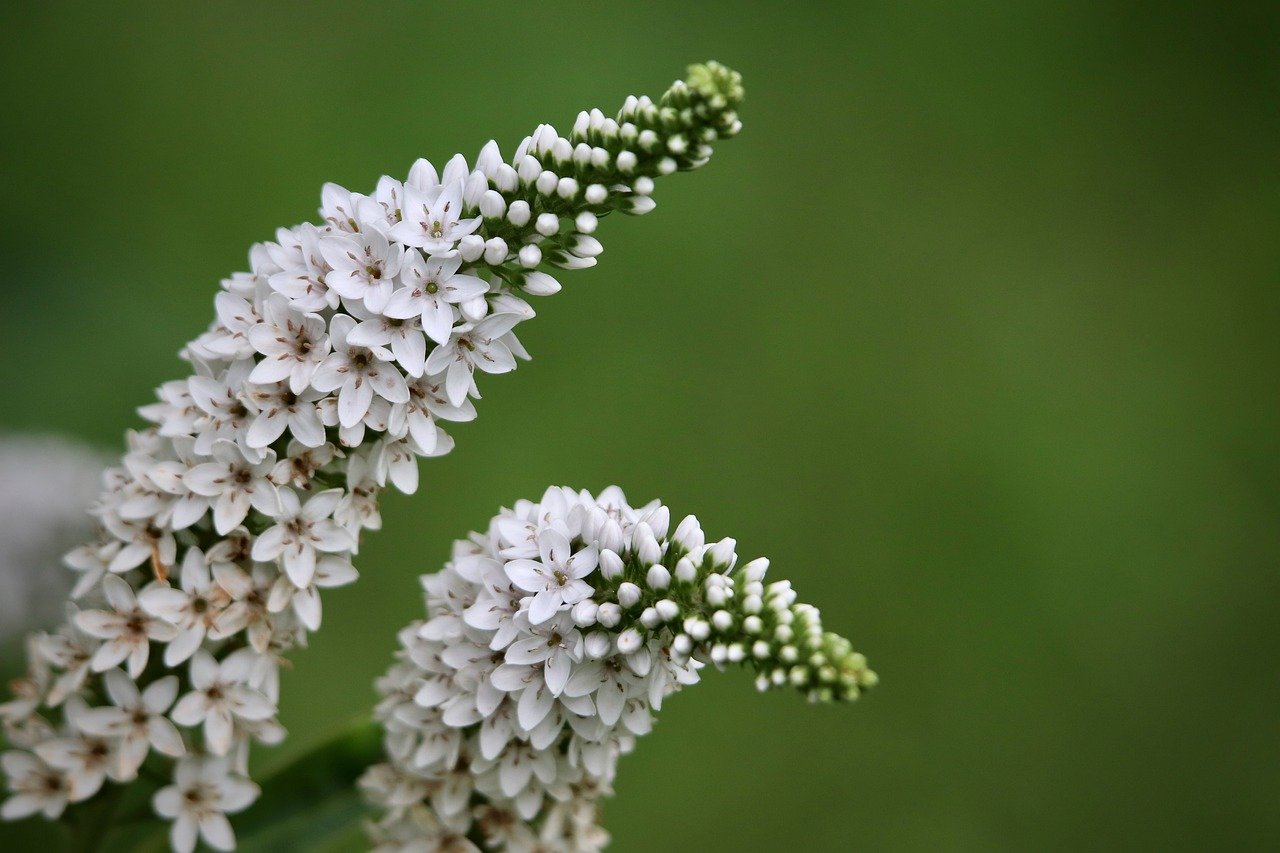
I introduce Okatoranoo (Lysimachia clethroides), a perennial plant characterized by its slender spikes of pure white flowers, cherished across the mountains and fields of Japan.
With its graceful appearance and resilience, it is an ideal choice for adding an accent to gardens or creating naturalistic landscapes.
In this article, I explain in detail the basic information, cultural significance, historical background, and gardening tips for Okatoranoo.
Basic Information
- Scientific name: Lysimachia clethroides
- Family: Primulaceae
- Origin: Japan, China, Korean Peninsula
- Appearance: Growing to a height of about 50–100 cm, the plant produces gracefully arching white flower spikes at the tips of its stems. Its lanceolate green leaves and clustered growth create a natural sense of beauty.
- Blooming season: June–August
Cultural Significance Around the World
In Japan, Okatoranoo has long been loved as part of the natural landscape. Its graceful flower spikes, likened to a “tiger’s tail,” symbolize harmony with nature.
In traditional gardens, it is valued for creating rustic scenery, particularly in tea gardens and Japanese-style landscapes.
In China, it is also cultivated in gardens and natural settings, admired for its vigor and symbolic presence.
In Western countries, known as “Gooseneck Loosestrife,” it is widely appreciated in natural-style garden designs.
Historical Background
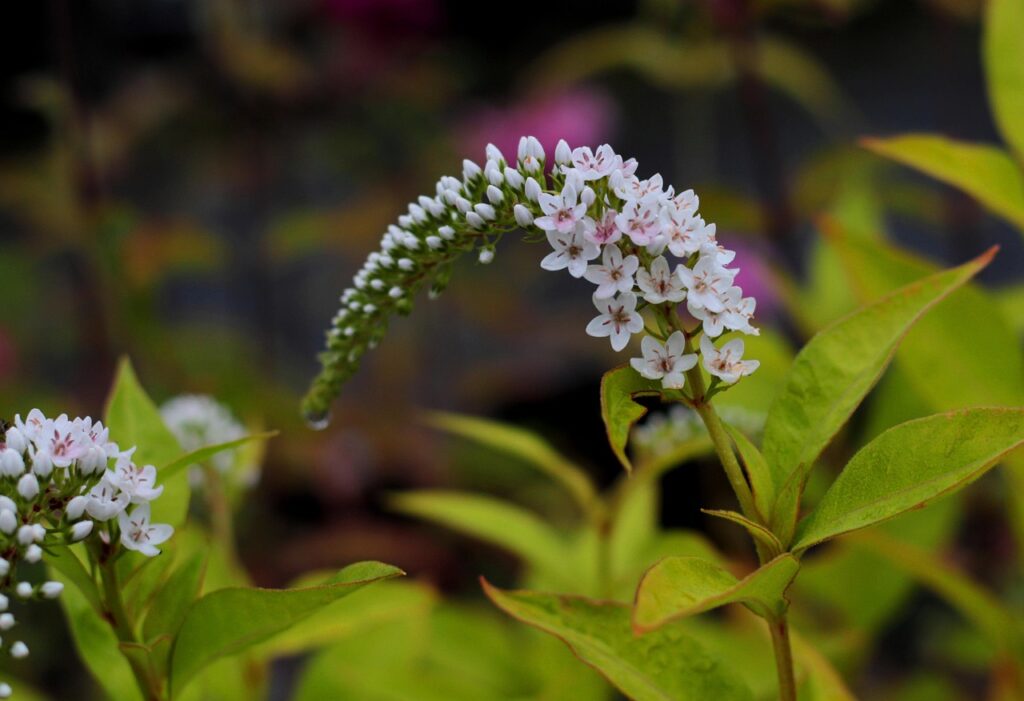
As a native plant of Japan, Okatoranoo has been mentioned in the Manyoshu (the oldest anthology of Japanese poetry) and gardening texts from the Edo period.
During the Edo era, when gardens inspired by wild nature became popular, Okatoranoo was introduced into landscaping.
Even after the introduction of Western-style gardens in the Meiji period, its modest beauty continued to be appreciated, particularly in tea gardens and Japanese-style landscapes.
When introduced abroad, its hardiness and natural appearance gained recognition, allowing it to blend seamlessly into European and North American garden traditions.
Gardening Advice
Although Okatoranoo is hardy and low-maintenance, proper care helps it thrive even better.
Sunlight
Prefers full sun to partial shade. It can grow in shade, but flowering may be reduced.
Watering
Requires regular watering, but avoid overwatering to prevent root rot. Increase watering frequency in dry locations.
Soil
Grows best in well-drained, moderately moist soil. Adding leaf mold improves growth.
Fertilizer
Minimal fertilization is needed, but a small amount of slow-release fertilizer in spring encourages healthy growth.
Pruning
Cut back flower stems after blooming to conserve the plant’s energy. As it spreads by rhizomes, thin out overcrowded areas as needed.
Conclusion
With its graceful white flower spikes, Okatoranoo is a versatile perennial suitable for a wide range of garden styles, from traditional Japanese to naturalistic designs.
It is hardy, requires little care, and forms beautiful clusters even in partial shade, making it an excellent accent for any garden.
I encourage you to bring Okatoranoo into your life and enjoy its natural beauty.


